
Engine hours to miles is a vehicle calculator that converts average engine operating hours into car mileage. This data provides average information about engine health, overall usage and can also become helpful in scheduling maintenance. This data is essential for drivers and professionals alike. Although it might sound exciting, important aspects can make this information misleading. This metric can play a significant role in your daily life. Hence, you should consider various circumstances before making any calculations.
Vehicle engine hours are a statistic that shows how long your car engine has been running. While analyzing engine hour to miles in depth, the following two major components play a significant role: engine hours and car mileage. First, we need to determine what an engine hour is. It is normally recorded by the onboard computer of a vehicle and shows the total amount of time the engine has been working. For some, this might be just a number that shows how long an engine was active. However, this data keeps much more within itself.
Every engine has its own lifespan. This means it will not be as effective after specific amounts of time. Consequently, you need to replace it with a new automobile engine. Miles to engine hours conversion is an important factor that helps you calculate how long an average vehicle engine can last per mile. The details about the power source also offer other benefits. Based on this, you can calculate total wear and tear and schedule your services accordingly. Additionally, it will also help you track the maintenance costs and plan your monthly or annual expenses.

After discussing vehicle engine hours, it is crucial to know how to calculate the information precisely. To convert hours to miles you need to use the formula:
M = Engine Hours x 60 (Miles equals engine hours multiplied by 60).
For example, if your engine has been running for 5 hours, your total mileage would be 5 x 60 = 300. This calculation is the standard method of receiving the information, where the median distance mileage covered per hour is considered to be 60. If you prefer to do a custom or more precise calculation, you can use the following method:
M = Engine Hours x Average Mph (car mileage equals engine hours multiplied by average miles per hour).
For instance, if your engine was active for 10 hours and you covered an average speed of 80 mph, your total mileage would be 10 x 80 = 800 miles. This time, you will receive more precise conversions that are specifically tailored for your vehicle. Engine hour to miles can be done by a car mileage calculator device. In this case, enter your engine hours and average mileage, then click ‘Convert’ or ‘Calculate’. This simple action will automatically perform all necessary tasks and display the correct information. All these steps are widely accepted, and you can choose the method that suits you the most.
To convert miles to engine hours use the formula: Engine hours = miles / average speed. If we take 80 as your covered distance and 40 as your average speed, your equation will be 80 ÷ 40 = 2. Hence, your engine has been operating for 2 hours.
This calculation is not just for fun or simply to get unnecessary data. On the contrary, it can be helpful in numerous ways.
As you can see, if you accurately measure the data your auto provides, you can easily save money and prolong its lifespan.
Automobile engine hours and mileage are not directly converted to give you a precise calculation. Sometimes, it has issues, and the information can be incorrect. Many factors affect the final result. Average speed, type, and overall maintenance will result in a different result.
Sometimes, people ignore the importance of a vehicle’s motion and calculate the information without it. This may lead to a misleading overall picture. For comparison, if you are driving on a highway and going for a picnic, your final result will be different from that of those who are stuck in a traffic jam in the city center and slowly moving forward. Furthermore, driving in a city for 4 hours will have a different impact on an engine than just having the engine operating for air conditioning.
In addition, the engine hours to miles conversion is impacted by variables such as idle duration, driving speed, and vehicle engine load. Diesel engines, due to their distinct combustion characteristics, may require a somewhat different conversion strategy. Moreover, the combination of electric and hybrid motors brings an additional level of complication, as electric-only running and regenerative braking call into question the conventional engine hours to miles concept.
Mileage is a crucial characteristic of any automobile, and it has always been a fundamental factor in determining the vehicle’s overall maintenance. Mostly, when we mention miles, we imply the total distance that cars have covered. Recently, people have started to analyze this information from a different perspective and use it to determine engine hour to miles in their cars. Despite different conversion methods, the mileage has not lost its initial importance in vehicles.
People are curious why they need to calculate these statistics. Or why should they convert engine hours into mileage or vice versa? As previously stated, understanding each of these measures can be useful in providing a more comprehensive view of a vehicle’s maintenance and performance.
Engine duration and mileage are both crucial for the functioning of any motor vehicle. Despite such significance, we still make mistakes while making calculations and future predictions. Two major mistakes can cause a huge difference.
Mileage has evolved drastically, and we can analyze various details about our automobiles. Miles detect the overall condition of a car, highlights wear and tear, and helps schedule service check-ups and maintenance. Additionally, total distance is a crucial indicator of vehicle value and monthly expenses.
The importance of engine hour to miles motivated car enthusiasts to create a mileage device that would stop km or miles from adding in the long run.
The Super Kilometer Filter has developed the mileage blocker. A tiny device that instantly stops the miles recording. It has unique features:
You can purchase the mileage blocker online. Always use the device ethically to avoid misunderstandings. For detailed information, please visit the support section or contact our customer service.
Engine hours to miles is vehicle data that determines car maintenance based on the average speed, total mileage, and engine operating hours. This calculation is often helpful. However, it may sometimes be misleading if calculated incorrectly. This is why you should always make sure that the data is precise and doesn’t include manipulations. To test your vehicle’s performance and other features, you have to use the mileage blocker. The device that stops the mileage recording process without a trace. However, remember that you should use it lawfully.
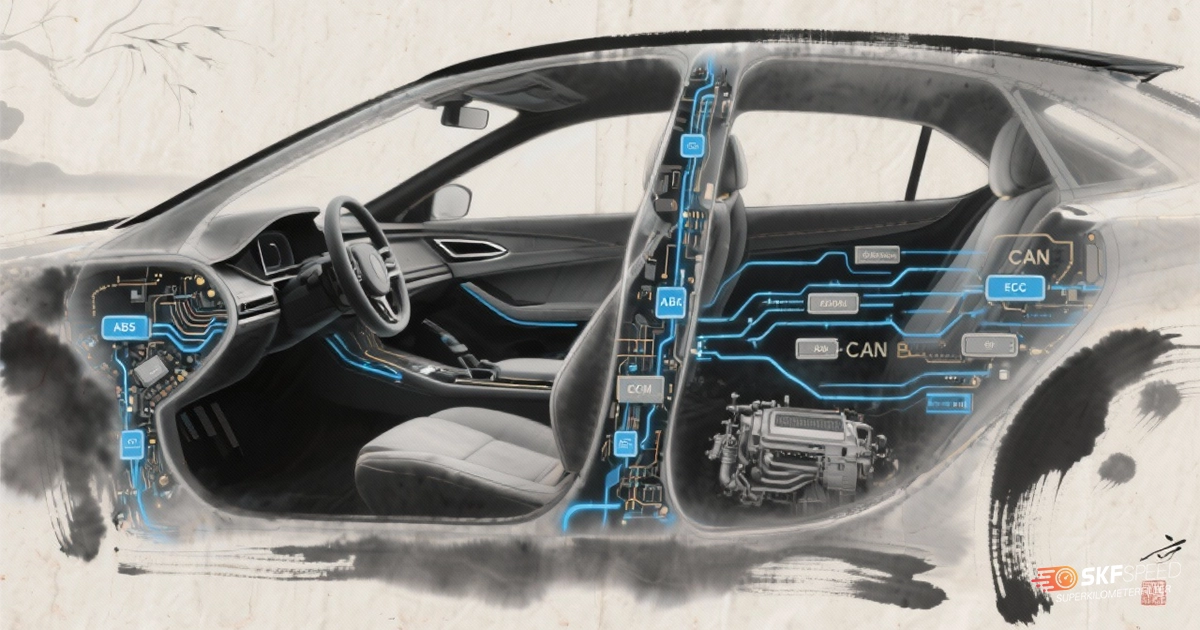
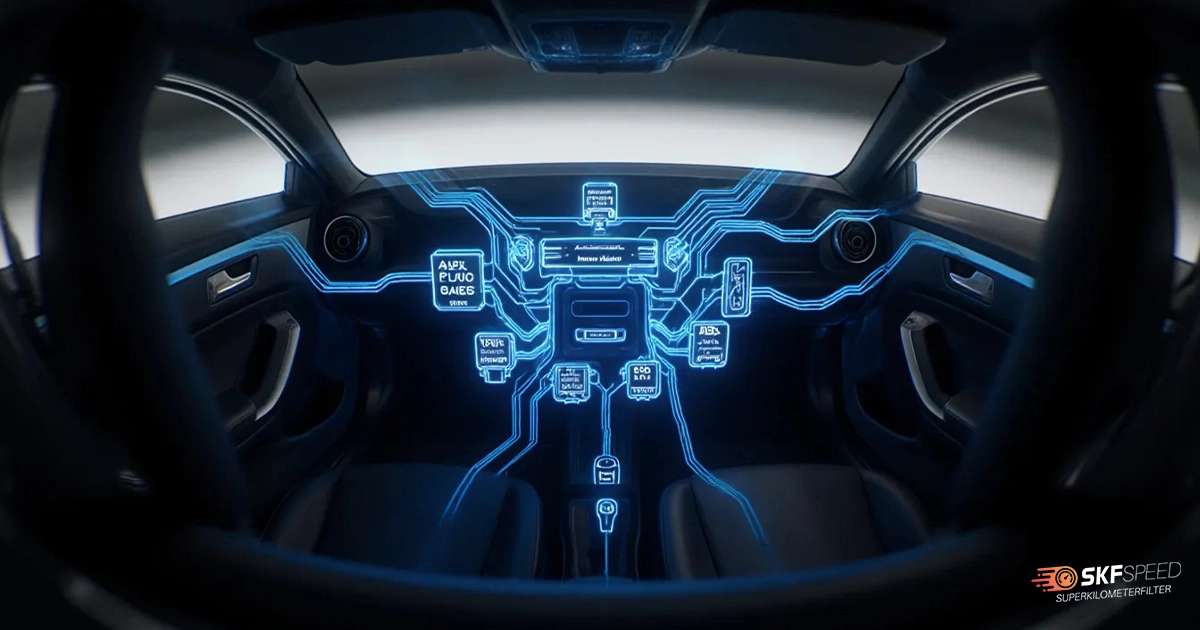
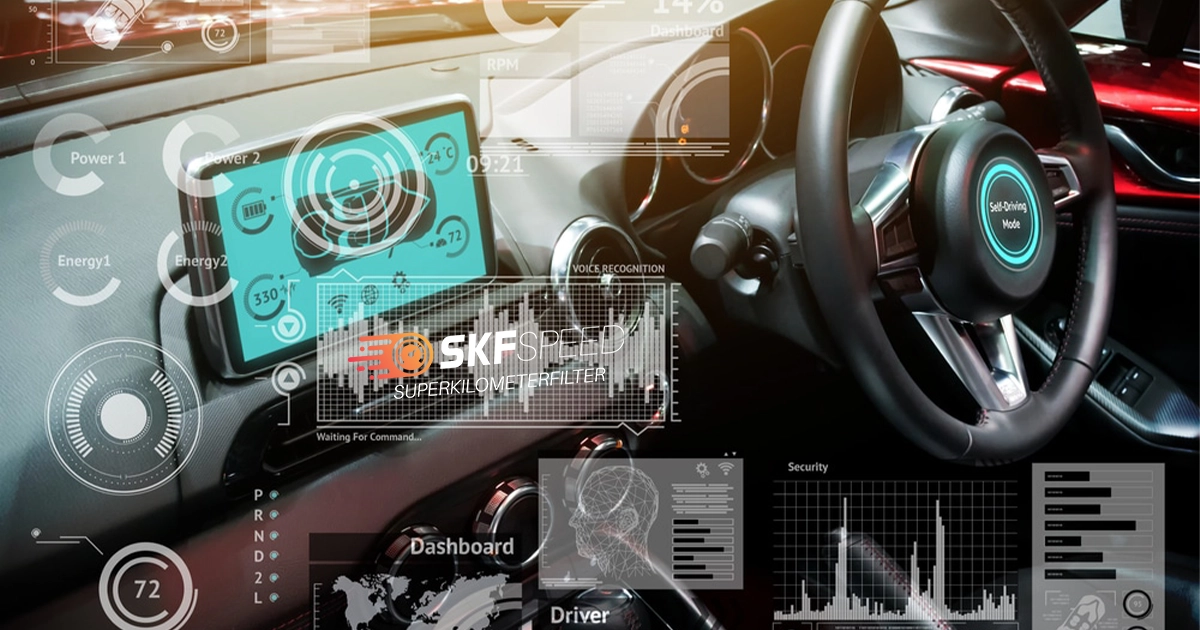
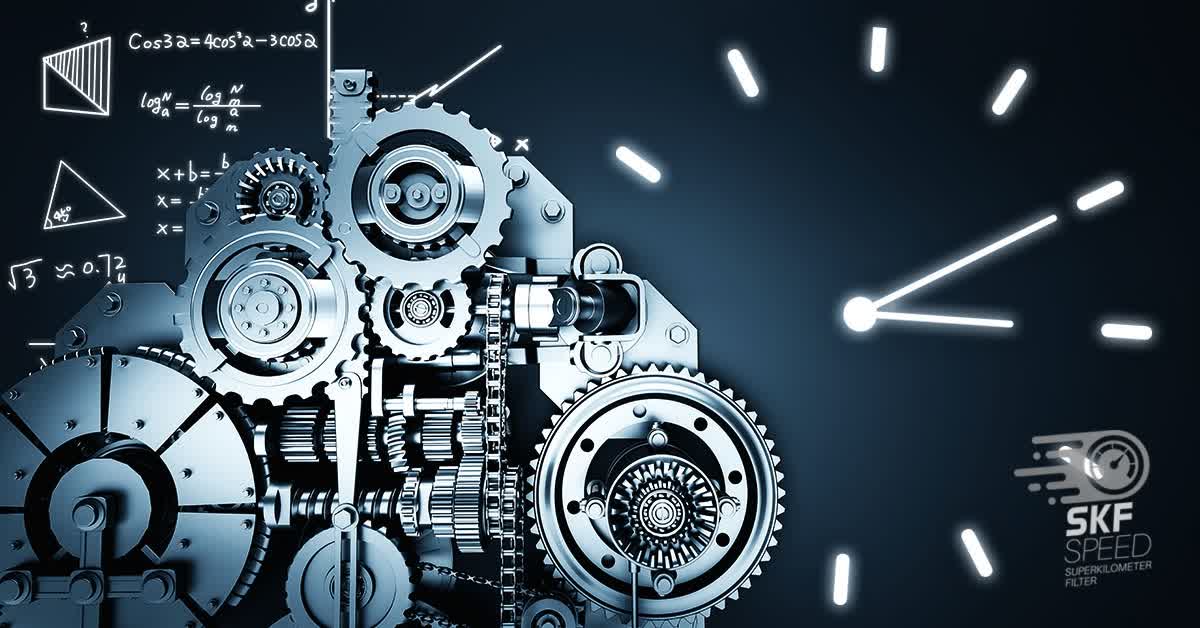
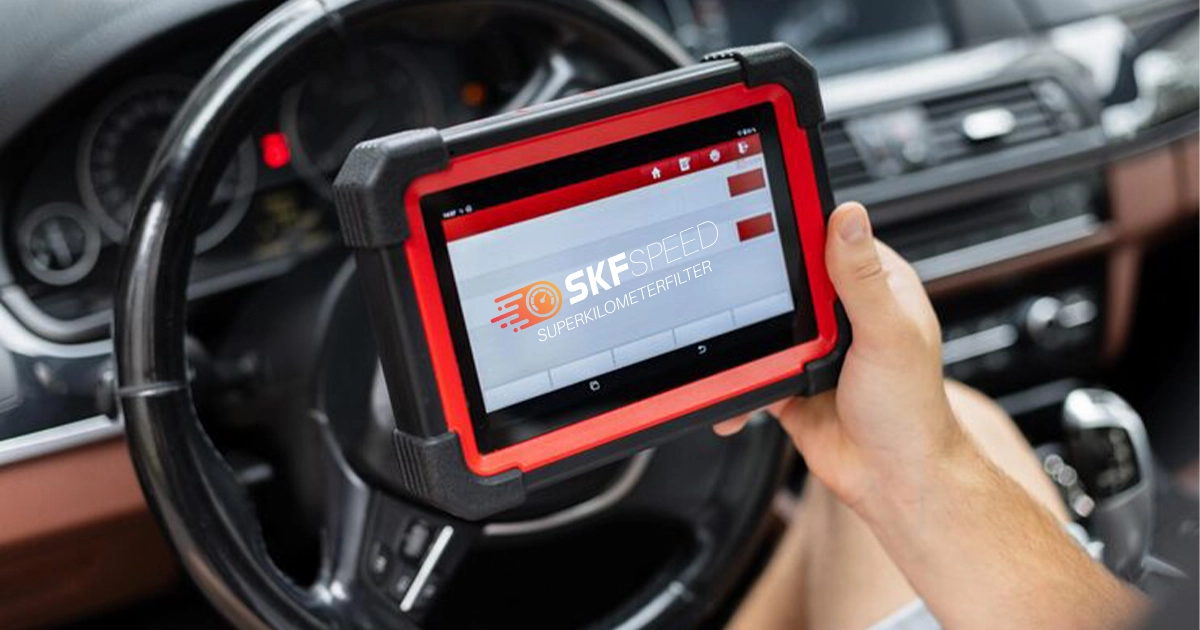



Here you will find all the details about our company
Here you will find shipping and return related information
Here you will find information on all technical questions
Here you will find helpful information about installation